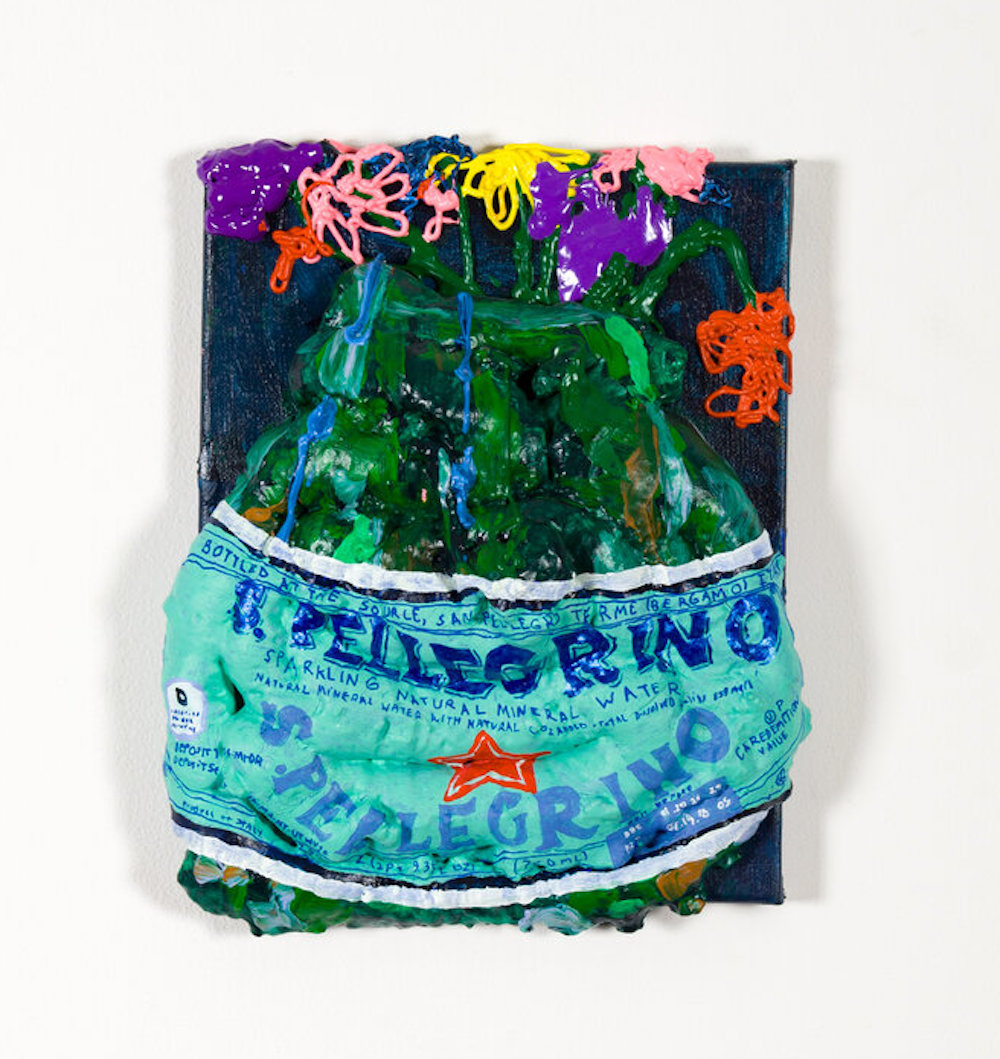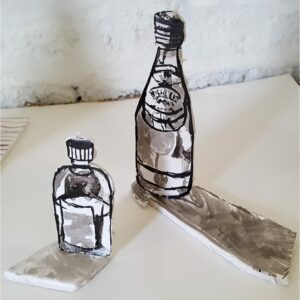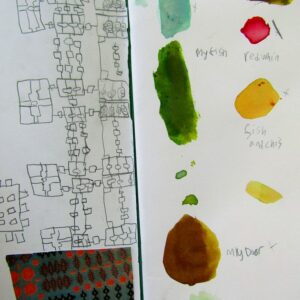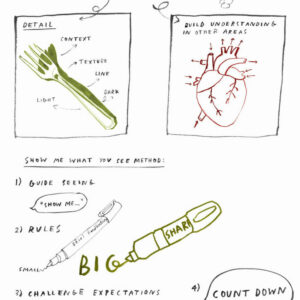A collection of sources to explore contemporary artists who study still life.
Please note that this page contains links to external websites and has videos from external websites embedded. At the time of creating, AccessArt checked all links to ensure content is appropriate for teachers to access. However external websites and videos are updated and that is beyond our control.
Please let us know if you find a 404 link, or if you feel content is no longer appropriate.
We strongly recommend as part of good teaching practice that teachers watch all videos and visit all websites before sharing with a class. On occasion there may be elements of a video you would prefer not to show to your class and it is the teacher’s responsibility to ensure content is appropriate. Many thanks.
*If you are having issues viewing videos it may be due to your schools firewall or your cookie selection. Please check with your IT department.*
This resource is free to access and is not a part of AccessArt membership.





Hilary Pecis
The imagery in Pecis’ work comes from snapshots taken from trips, visits with friends in their homes or restaurants, and the artist’s surroundings. Pecis focuses on specific details that evoke the feeling of the moment. Pecis then uses texture and brushstroke, colour and pattern, and perspective as tools to create a sense of place.
Pecis often includes stacks of monographs, exhibition posters, and works by other artists within her compositions, allowing Pecis the opportunity to include different styles of painting in one composition. Cultural art and historical references within her paintings allow the viewer to understand the time and place. – Rachel Offer Gallery
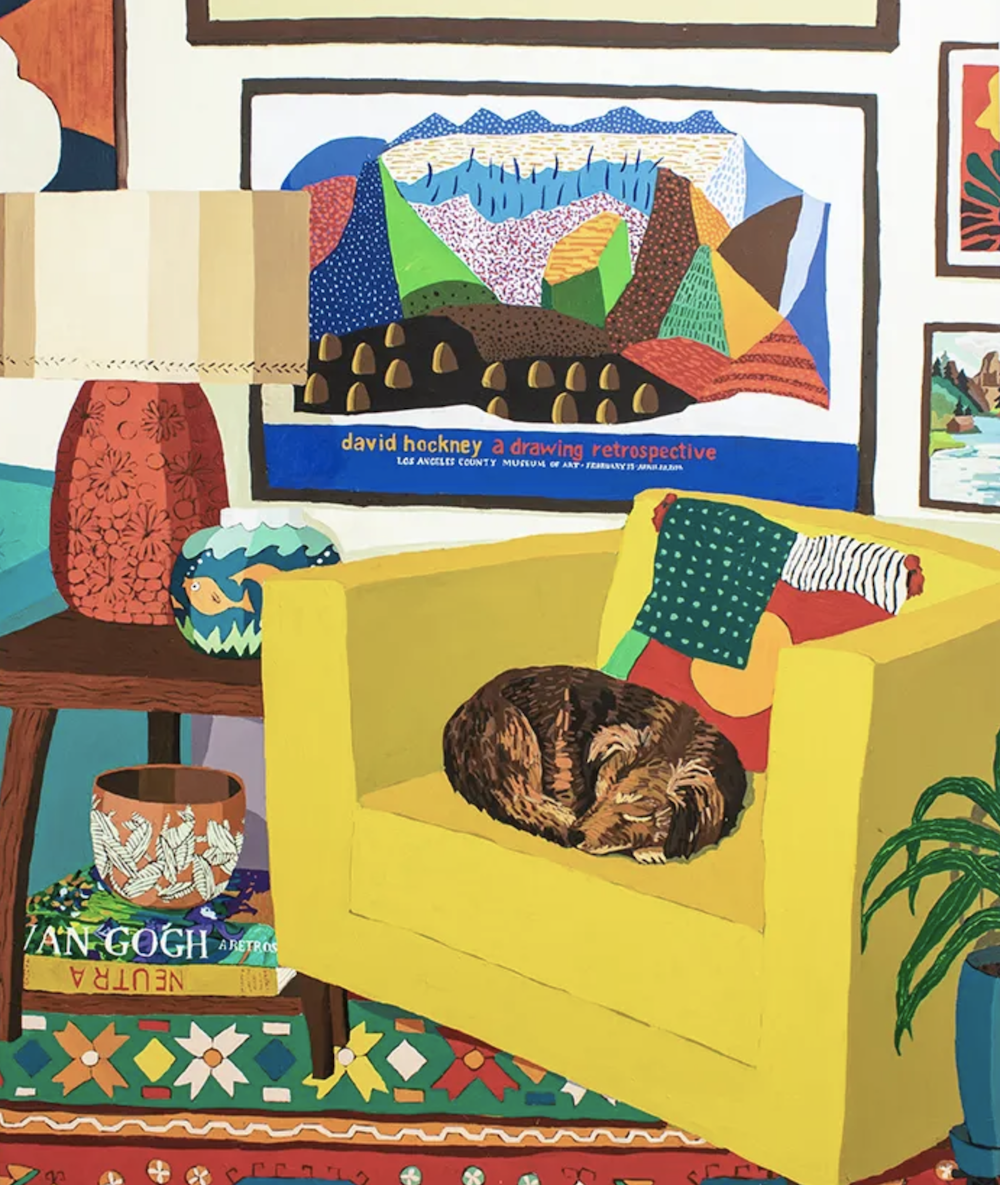
Sleeping Dog, Hilary Pecis, Painting, 2020
Watch the video above as teacher, so you have an understanding of Hilary’s work. Then pause the video at set places to introduce the pupil’s to Hilary’s paintings.
Questions to Ask Children
When you look at one of Hilary’s paintings, what words come to mind? How would you describe it to someone who couldn’t see it?
How do Hilary’s paintings make you feel?
Do you have favourite parts of the paintings? Do you recognise anything you have at home?
Think about your interests and hobbies- what objects might you include in a still life that reflects snapshots of your life and memories? Could you write/draw them in your sketchbook.
Nicole Dyer
Nicole Dyer creates vibrant paints, drawings and mixed-media assemblages and sculptures that explore contemporary life and everyday objects.
Dyers creates playful still lifes using materials such as paper-mache, collage techniques and impasto, putting a twist on traditional still lifes.
Find more of Nicole’s work at “Talking Points: Nicole Dyer“.
